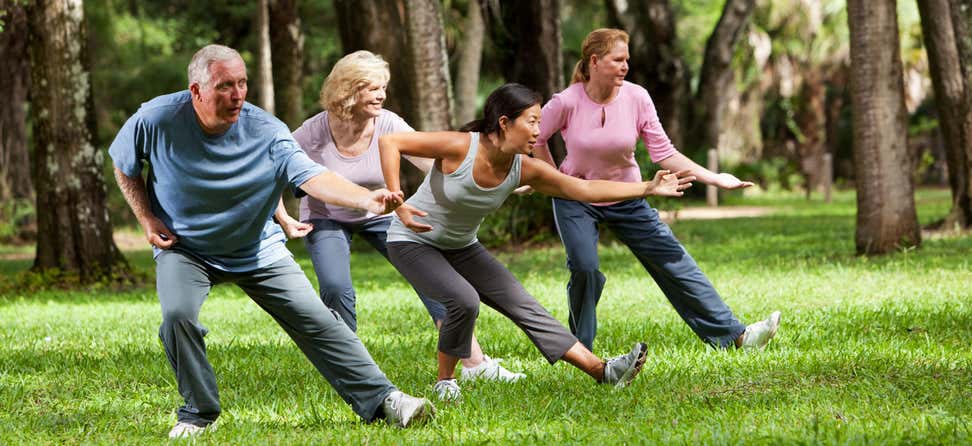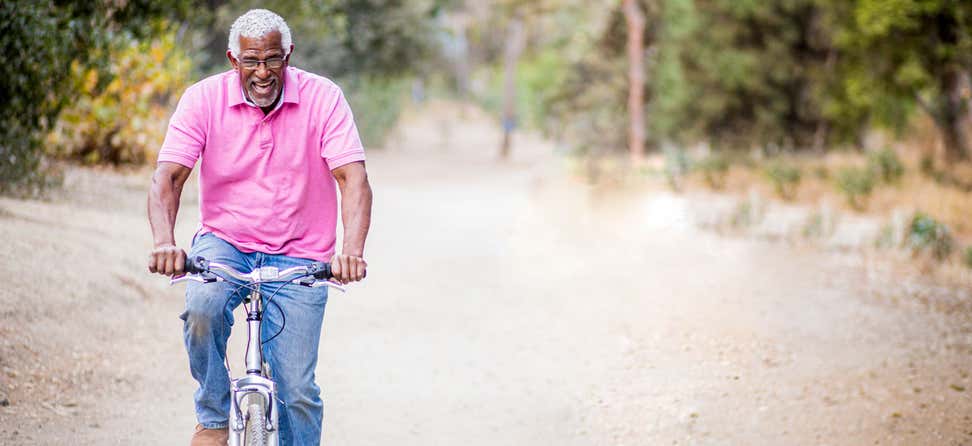Key Takeaways
Research studies have shown that one out of four people age 65+ falls each year.
20% of falls cause a serious injury such as hip fractures or broken bones. Falls, with or without injury, can result in loss of mobility, independence, and quality of life.
Caregivers are impacted, too, experiencing a significant increase in their workload, sometimes leading to depression.
As a family caregiver for a loved one, you feel responsible for helping them remain safe, healthy, and independent. As such, one of your top priorities should be falls prevention. Learn how you can address fall risk factors and prevent your loved one from falling.
The good news is you have the power to reduce your loved one’s risk of falling. The steps below can help you work together to develop a falls prevention action plan.
- Start the conversation: Explain you are concerned about their overall safety and want to partner on preventative measures. Suggest accompanying him or her to a wellness checkup that includes a falls-risk assessment. For an at-home assessment, ask your loved one to complete a brief fall risk assessment checklist.
- Discuss current health conditions: Ask if your loved one has experienced any chronic conditions that might cause lethargy, stiffness, or balance issues. These can include arthritis, depression, and diabetes. Encourage your loved one to speak openly with health care providers about managing their concerns. Take advantage of preventive benefits available under Medicare, such as the Annual Wellness visit.
- Talk about medications: Many prescription and over-the-counter medications can cause side effects, such as dizziness, sleepiness, dehydration, or drug interactions, that can lead to a fall. Discuss medication side effects with a doctor or pharmacist, and encourage your loved one to keep a list of medications on hand so doctors and pharmacists can review new prescriptions. Our Medication Record Form can help track medications.
- Eye exams: Make sure your care recipient has an annual vision exam to check for age-related eye diseases such as macular degeneration, glaucoma, diabetic retinopathy, and cataracts. If they wear glasses, be sure their prescription is current and being used as advised by the eye doctor. Bifocals can be problematic on stairs, so it’s important to be cautious.
- Notice changes in mobility: Is your loved one holding onto walls, furniture, or someone’s arm when walking? Does he or she experience difficulty getting out of their chair? These can be signs of problems with balance, strength, or gait. Make an appointment with a trained physical therapist to help improve their functional mobility, balance, or gait. A physical therapist might also suggest a cane or walker—and provide guidance on how to use these aids.
- Do a walk-through safety assessment of the home: Most falls happen at home. There are many simple and inexpensive ways to make a home safer. For professional assistance, consult an occupational therapist. Examples of simple home safety modifications include:
LIGHTING: Increase lighting throughout the house, especially at the top and bottom of stairs. Ensure that lighting is readily available when getting up in the middle of the night; install night-lights in the bathroom and in the hallways that are used after dark. STAIRS: Make sure there are two secure rails on all stairs. If stairs are made of a smooth material (e.g., wood, tile), apply anti-slip tape to ensure proper footing and grip. BATHROOMS: Install grab bars in the tub/shower and near the toilet. Make sure they’re installed where your loved one would actually use them. For even greater safety, consider using a shower chair and hand-held shower. FLOORS: Keep floors clutter free. Remove small throw rugs or use double-sided tape to keep the rugs from slipping. - Find a community-based falls prevention program. Many communities across the country offer falls prevention programs that have been proven to help people reduce their risk and fear of falling. Find a program near you.
For a detailed step-by-step guide and additional fall prevention resources for caregivers, download and share the Falls Prevention Conversation Guide for Caregivers.










